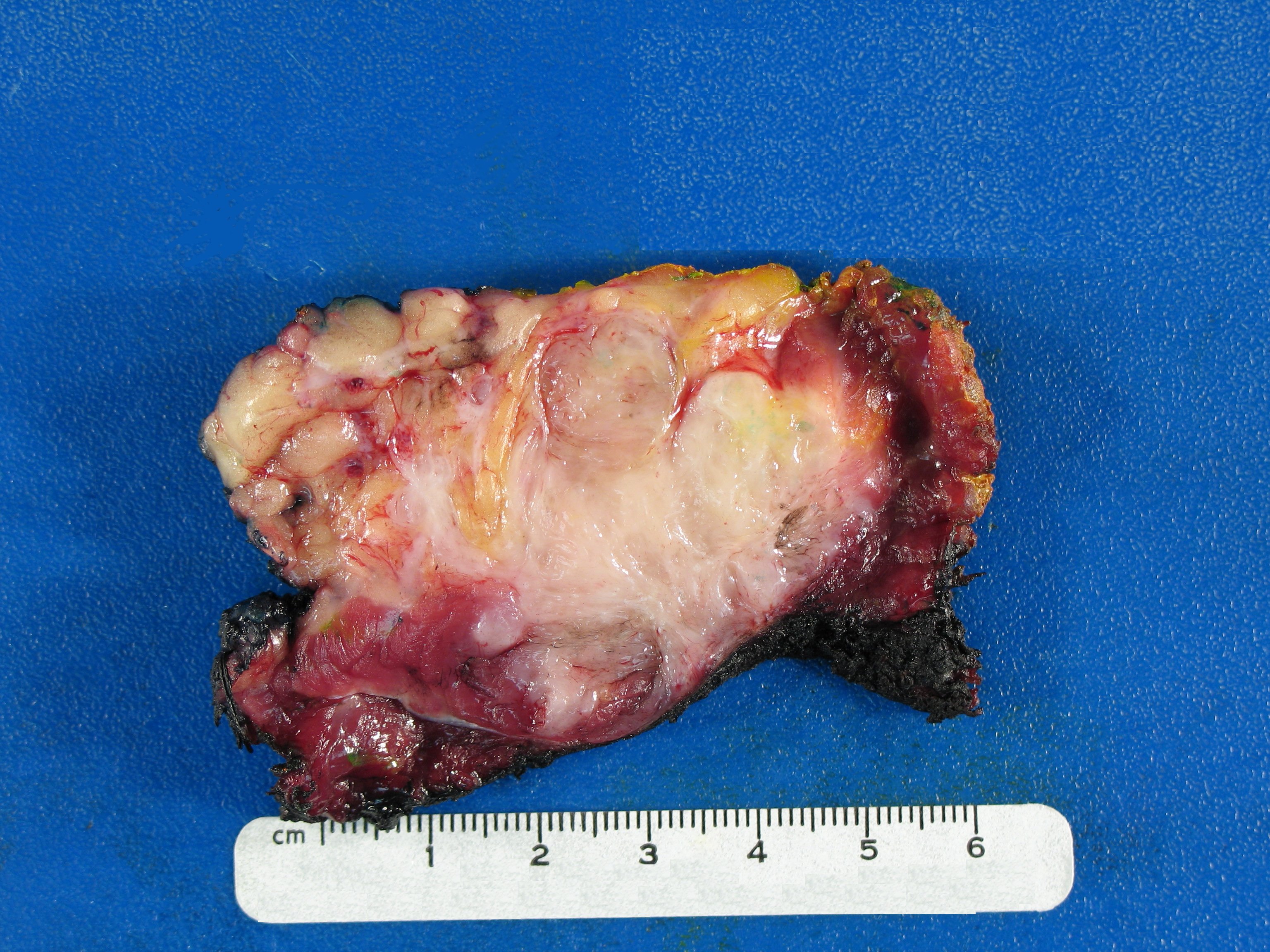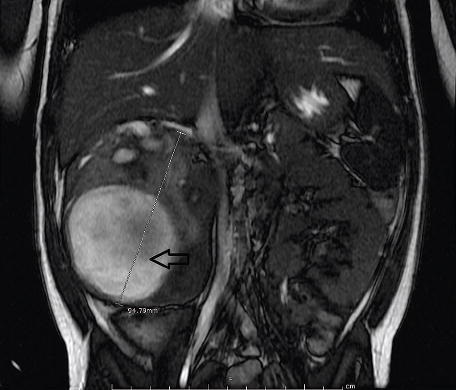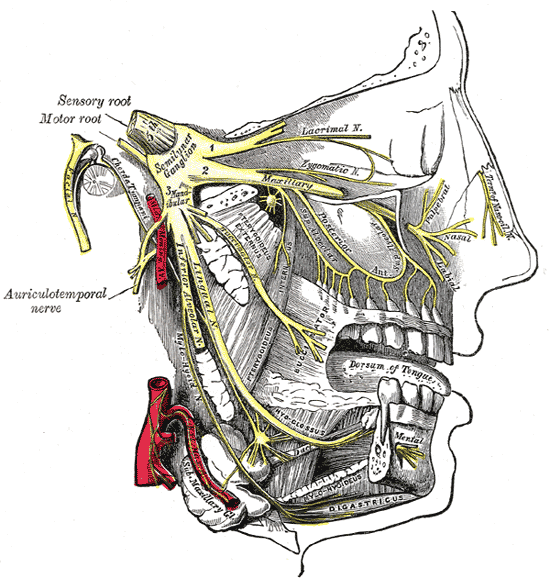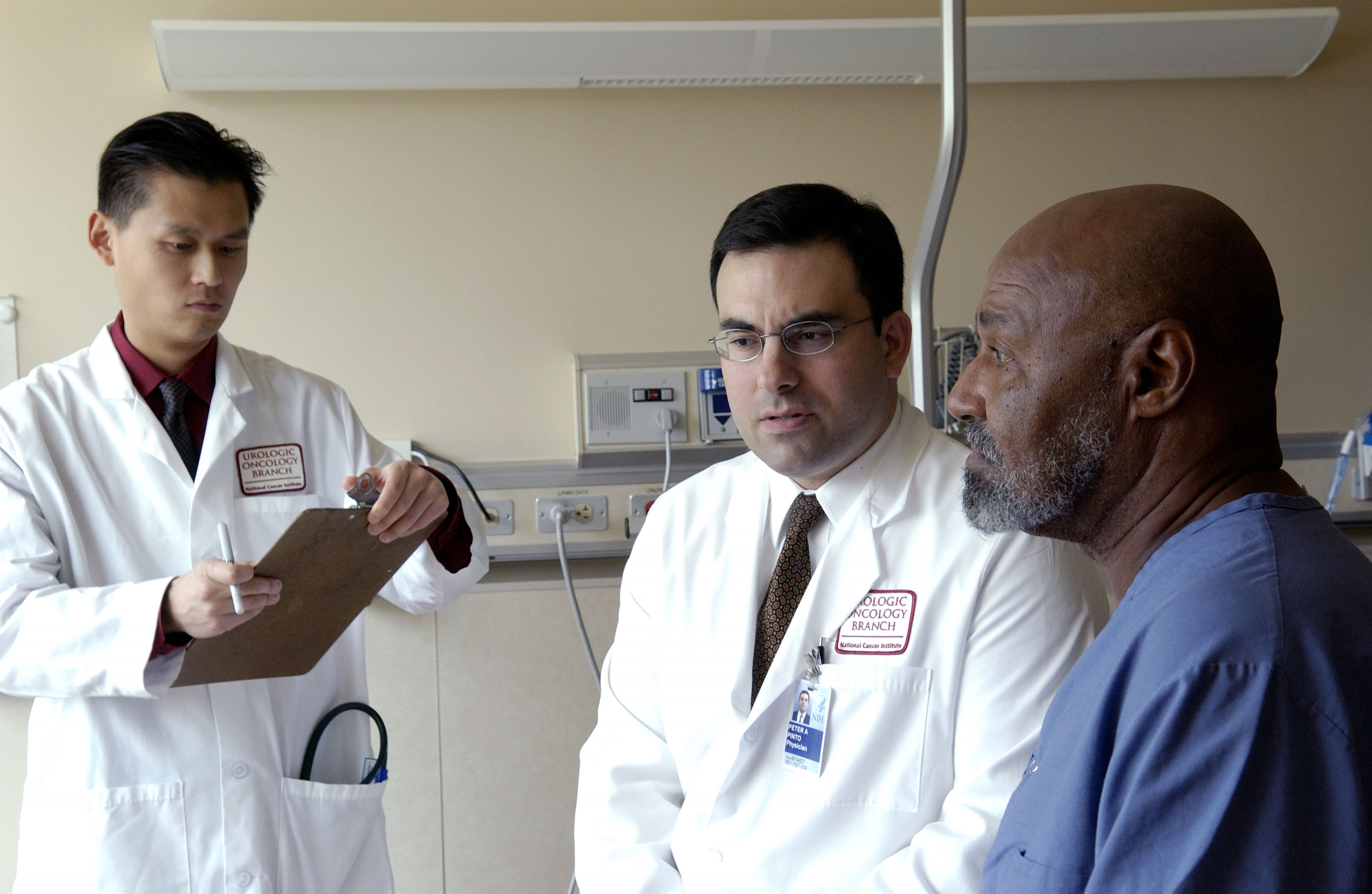 Medical Malpractice may have been committed on many American Africans who were previously diagnosed with hypertrophic cardiomyopathy. A recent study found that some genetic variations that were linked to this condition were indeed harmless. These specific genetic variations were found more often in black Americans than in white Americans. Therefore many patients from African descent may have been misdiagnosed or are still being treated for a condition they don’t suffer from.
Medical Malpractice may have been committed on many American Africans who were previously diagnosed with hypertrophic cardiomyopathy. A recent study found that some genetic variations that were linked to this condition were indeed harmless. These specific genetic variations were found more often in black Americans than in white Americans. Therefore many patients from African descent may have been misdiagnosed or are still being treated for a condition they don’t suffer from.
Also called, abnormally thick heart muscle, hypertrophic cardiomyopathy is a genetic disease that affects 1 out of 500 Americans. The disorder can cause arrhythmia and can be fatal. Symptoms may include chest pain, difficulty, breathing, fatigue and swelling in the ankles and feet. For a complete list and diagnostic testing see The American Heart Association web site. Sometimes there are no symptoms.
Abnormally thick heart muscle is diagnosed through genetic testing. A patient who tests positive for the condition will often be required to change his or her lifestyle. These changes may include healthy diet, additional physical activities, losing excessive weight or stopping smoking. Patients diagnosed with hypertrophic cardiomyopathy are often prescribed specific medication to treat the condition. Various types of surgeries are also commonly used as well as alcohol septal ablation, a noninvasive procedure.
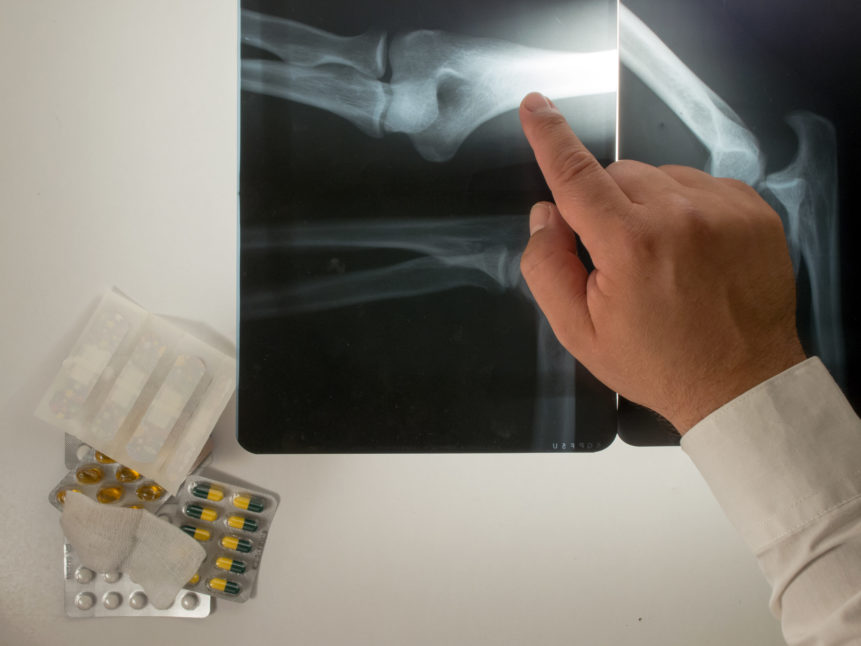 Missed and delayed diagnoses are common medical errors that can lead to serious injury and death. This morning the Daily Mail wrote about an 11 year old boy who died from severe bowel obstruction after a doctor misdiagnosed him with constipation and sent him back home. The doctor neglected to send him for an X-ray despite symptoms consistent with bowel obstruction.
Missed and delayed diagnoses are common medical errors that can lead to serious injury and death. This morning the Daily Mail wrote about an 11 year old boy who died from severe bowel obstruction after a doctor misdiagnosed him with constipation and sent him back home. The doctor neglected to send him for an X-ray despite symptoms consistent with bowel obstruction. New York Personal Injury Attorneys Blog
New York Personal Injury Attorneys Blog


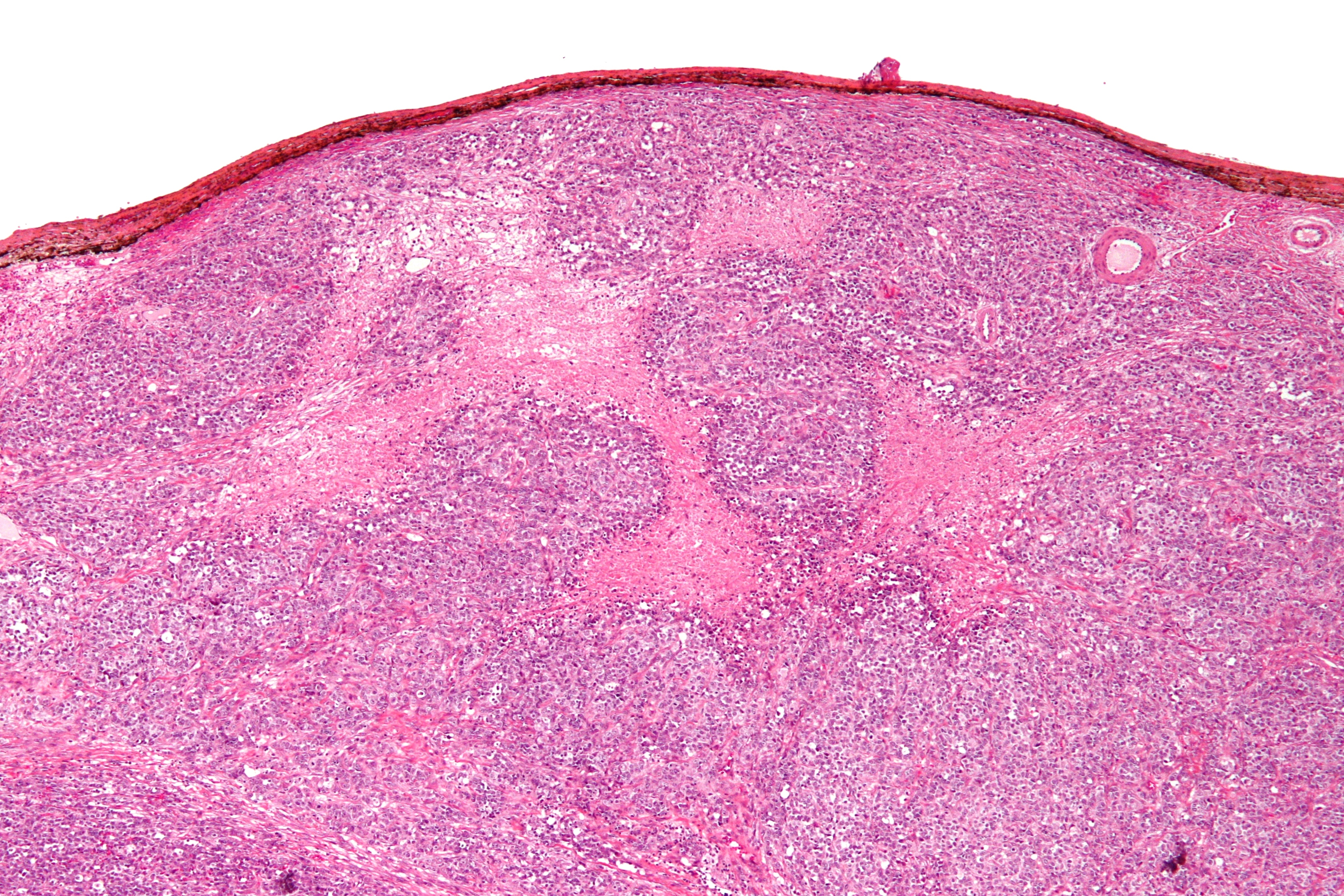
 Medical Malpractice may have been committed on many American Africans who were previously diagnosed with hypertrophic cardiomyopathy. A recent study found that some genetic variations that were linked to this condition were indeed harmless. These specific genetic variations were found more often in black Americans than in white Americans. Therefore many patients from African descent may have been misdiagnosed or are still being
Medical Malpractice may have been committed on many American Africans who were previously diagnosed with hypertrophic cardiomyopathy. A recent study found that some genetic variations that were linked to this condition were indeed harmless. These specific genetic variations were found more often in black Americans than in white Americans. Therefore many patients from African descent may have been misdiagnosed or are still being 

